Summary
Bioenergy, especially in CHP applications and in connection to heat production, can bring additional low-cost flexibility elements in balancing electricity grids with large amounts of variable renewable energy generation.
In this kind of future energy system, energy will not be the limiting factor, but instead the security of supply will become more important. Bioenergy is already used for balancing the power grid and it could be used more extensively in the future as fossil generation is phased out. In this respect, bioenergy CHP has potential to play a focal role as a flexible resource in the renewable power supply system.
The role of e-mobility, both in balancing the electricity grid as well as a large electricity consumer, is an essential element in future energy system. The role is even highlighted in small, island type grids. The hypothesis is that e-mobility can serve grid balancing on intraday scale, where bioenergy can have significant additional value in more long term, up to seasonal balancing, with heat grid inertia supporting the system in the midrange. Together, the flexibility elements would have a crucial role in the reliability and security of supply of energy in the entire system. However, their supplementary roles have yet to be proven with a comprehensive assessment.
The objectives of CEMBioFlex are twofold, one supporting the other:
- Provide design basis and a platform for demonstration of Åland 100% renewable energy system by a) providing data for systemic design of the demonstration and b) bringing actors together to an equal discussion platform in order to create concrete initiatives towards the demonstration
- Providing knowledge and concrete numeric data on what is the technical feasibility and capability of biomass CHP plants in various scales to contribute to electricity market flexibility needs, also to be disseminated as part of Finland’s CEM Advanced Power Plant Flexibility campaign participation
Work packages
Work package 1: System analysis
The work package estimates the flexibility potential of biomass CHP from systemic perspective in Åland and in other, more generic case focusing on larger scale CHP installation. The former case combines the information of the existing system, investment plans as well as inputs from WP2 (plant technical and economic information) and WP3 (e-mobility flexibility and demand information) to find the leastcost optimal energy system with biomass CHP as the key element. Different scenarios with realistic constraints including limited biomass availability and electricity transmission from neighboring market areas are studied.
Work package 2: Bio-CHP technologies
The work package defines flexibility price indicators of biomass CHP system i.e. when different technical flexibility solutions become economically feasible. Literature review is conducted to select two mediumscale (roughly 2-10 MW) and two large-scale (>100 MW) solutions for detailed techno-economic assessment, in which the ability to provide flexibility to the system is qualitatively assessed taking into account different operating strategies. The work package also assesses, based on existing data, the biomass and SRF availability in Åland.
Work package 3: e-mobility demands and potential
The outcome of the work package is a proposal on how to implement electric bus and hybrid ferry operations in Åland. The proposal will include charging concept, vehicle type, charging system type, as well as discussion on related risks with the influence of the chargers on the local electric grid. Technologies and technology providers on the market are also summarized.
Work package 4: CEM interface
The project group, together with advisory board consisting of project associate partners, develops a communication strategy based on the findings of the work to be disseminated to Clean Energy Ministerial’s Advanced Power Plant Flexibility (APPF) Campaign. The focus areas of the APPF campaign are twofold: 1) improving the understanding of technical options and 2) sharing best practice experiences on market designs to remunerate flexible operations.
Work package 5: Management and reporting
Partners
UPM, Valmet, Mariehamns Elnät, Ålands Landskapsregering, CLIC Innovation and Business Finland
The final report can be read here Final_Report_FLEXe_demo_and_CEMBioFlex(1)


